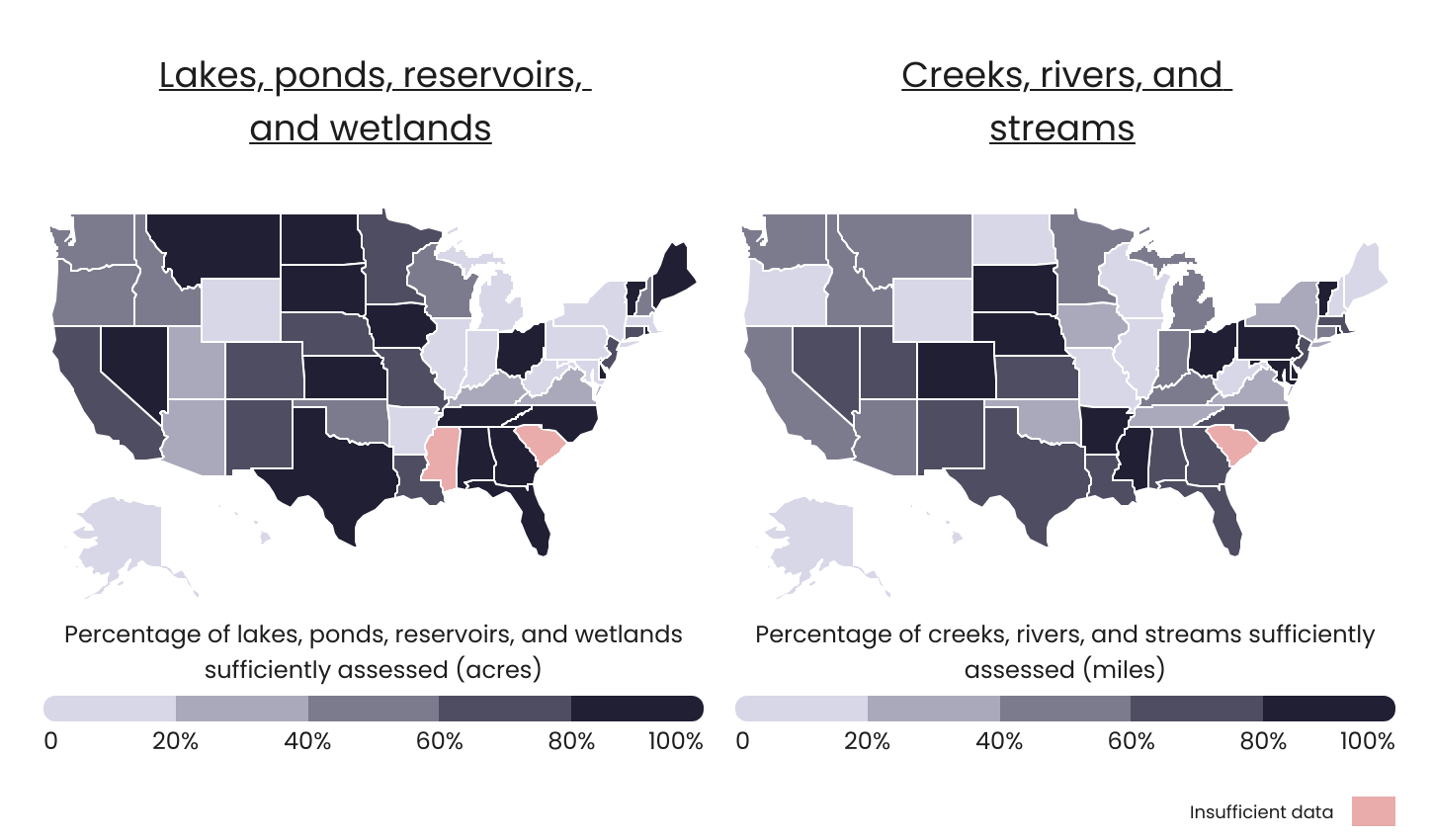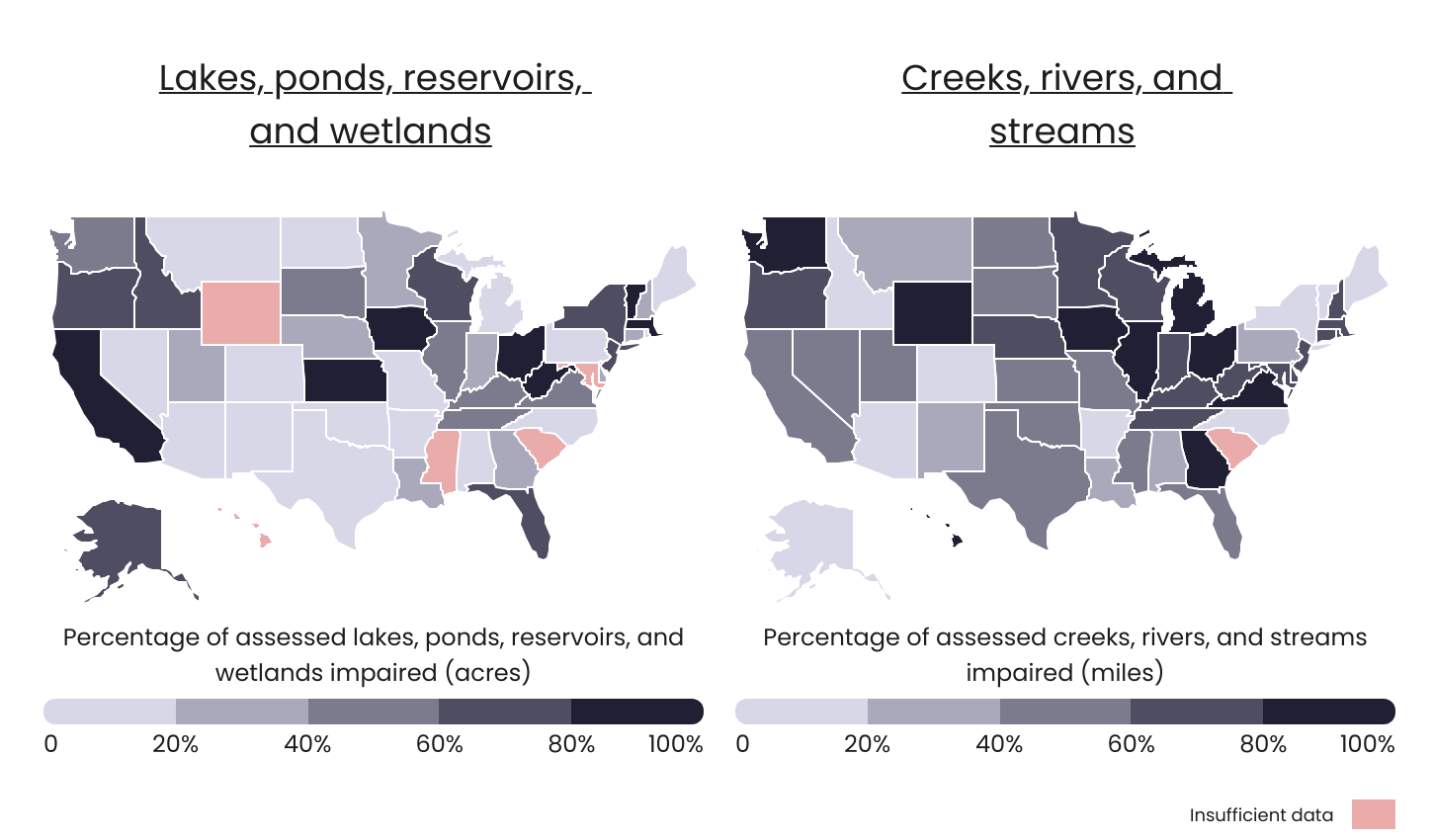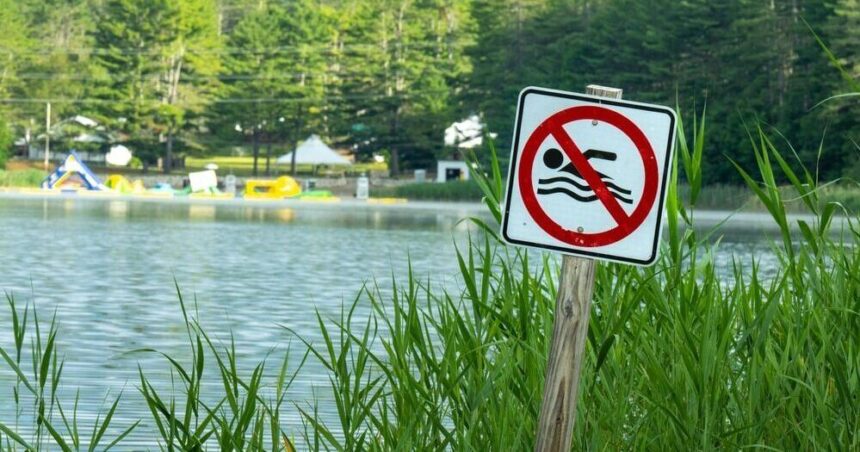For numerous individuals in the United States, lakes and rivers serve as a vital escape, offering a place to relax, cool off, and appreciate the beauty of nature. However, water quality remains a significant public health concern in many parts of the country. According to the Environmental Protection Agency (EPA), more than 70% of freshwater bodies like lakes, ponds, reservoirs, and wetlands, as well as over 42% of creeks, rivers, and streams, are too polluted for activities like swimming.
To address this issue and protect the nation’s waterways from harmful pollutants, the Clean Water Act (CWA) was established in 1972. This legislation prohibited the discharge of pollutants into most waters without a permit, empowered the EPA to implement pollution control measures, and funded the construction of sewage treatment plants.
Despite these advancements, challenges persist, with nonpoint source pollution being a major obstacle. This type of pollution originates from multiple diffuse sources and is challenging to control under the CWA. Agricultural runoff is a significant contributor to nonpoint source pollution and underscores the ongoing need for efforts to safeguard clean water.
Top Causes of Recreational Waterborne Disease Outbreak
Norovirus is the leading cause of recreational waterborne illnesses in the U.S.
On average, there are nearly 35,000 cases of waterborne illnesses linked to recreational water use annually in the U.S. Pathogens from various sources, including sewage spills, animal waste, and runoff, can contaminate water and pose health risks to swimmers, ranging from minor discomfort to severe respiratory issues and even death.
Norovirus, a highly contagious virus causing gastrointestinal symptoms, is the most common illness acquired from recreational water outbreaks. It accounts for over 55% of waterborne diseases related to activities like swimming and diving. Staphylococcus, a bacteria found in contaminated water, is another source of illness, albeit less common but with potentially severe consequences if left untreated.
Recreational-Use Water Assessment Progress by State
Only 19 states have assessed a majority of their recreational water bodies for impairments

Despite the CWA’s inception in 1972, the goal of making all U.S. waters suitable for fishing and swimming remains unmet due to insufficient monitoring. Rhode Island is the only state to have fully assessed its recreational waters, while states like Wyoming lag behind in assessment efforts. Inadequate enforcement and funding by the EPA contribute to the monitoring challenges.
Geographical Differences in Impaired Recreational-Use Waters
Water quality for recreational use varies widely by state

States prioritize and assess water bodies differently, leading to disparities in water quality progress. While some states have low levels of contamination in lakes and rivers, others face significant impairments. Efforts to protect water quality are ongoing, as public opinion favors stronger federal action to safeguard water resources.
For detailed data and analysis, refer to Captain Experiences’ research based on EPA data. The study highlights the disparities in water quality assessments, enforcement challenges, and the need for continued efforts to ensure clean water for all.





